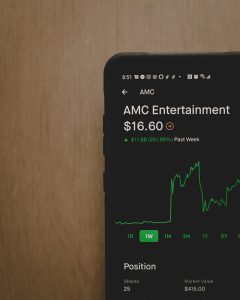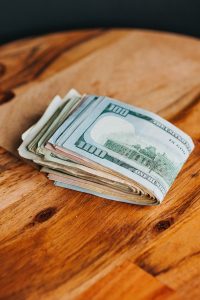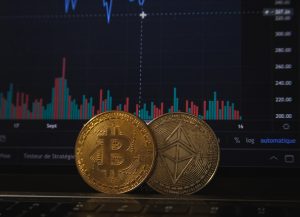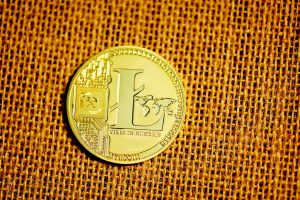Forex trading is a popular form of investment that has gained immense popularity in recent years. The forex market is open 24 hours a day, five days a week, which gives traders the flexibility to trade at any time. But, which session is best to trade forex? This is a question that many traders ask, and the answer depends on a range of factors.
The forex market is divided into three main trading sessions: the Asian, European, and American sessions. Each session has its unique characteristics, which affect the trading opportunities and market conditions. Understanding the characteristics of each session is crucial for traders to make informed decisions on when to trade.
The Asian Session
The Asian session starts at 00:00 GMT and ends at 09:00 GMT. It is the first major session of the day and is characterized by low volatility and low trading volumes. During this session, the major currency pairs, such as EUR/USD, GBP/USD, and USD/JPY, are affected by news releases from Japan, China, and Australia.
The Asian session is popular among traders who prefer a more relaxed trading environment. The low volatility means that traders can make small profits without risking too much capital. However, the low trading volumes can also lead to wider spreads, making it harder to enter and exit trades.
The European Session
The European session starts at 07:00 GMT and ends at 16:00 GMT. It is the most volatile and active session of the day, with high trading volumes and liquidity. The European session is dominated by the major financial centers, such as London, Frankfurt, and Paris, and is the most important session for the forex market.
During the European session, traders can expect to see significant moves in the major currency pairs. News releases from the Eurozone, such as the European Central Bank (ECB) policy decisions and economic data releases, can heavily impact the market. The high volatility and liquidity make it easier for traders to enter and exit trades quickly, and the tighter spreads provide better trading opportunities.
The American Session
The American session starts at 12:00 GMT and ends at 21:00 GMT. It is characterized by high volatility and liquidity, as it overlaps with the European session for four hours. The American session is dominated by the United States, which is the world’s largest economy and the most significant player in the forex market.
During the American session, traders can expect to see significant moves in the major currency pairs, especially those involving the US dollar. News releases from the United States, such as the Federal Reserve policy decisions and economic data releases, can heavily impact the market. The high volatility and liquidity make it easier for traders to enter and exit trades quickly, and the tighter spreads provide better trading opportunities.
Which Session is Best to Trade Forex?
The answer to this question depends on the trader’s trading style, risk appetite, and time zone. Traders who prefer a more relaxed trading environment may find the Asian session more suitable, while those who prefer high volatility and liquidity may prefer the European or American session.
For traders in Asia, the Asian session may be the most convenient time to trade, as it overlaps with their local trading hours. Traders in Europe may find the European or American session more suitable, as it overlaps with their local trading hours. Traders in the Americas may prefer the American session, as it overlaps with their local trading hours.
Conclusion
In conclusion, understanding the characteristics of each trading session is crucial for traders to make informed decisions on when to trade forex. Traders should consider their trading style, risk appetite, and time zone when choosing the best session to trade. Regardless of the session, traders should always practice risk management and adhere to their trading plan to achieve consistent profits in the forex market.





